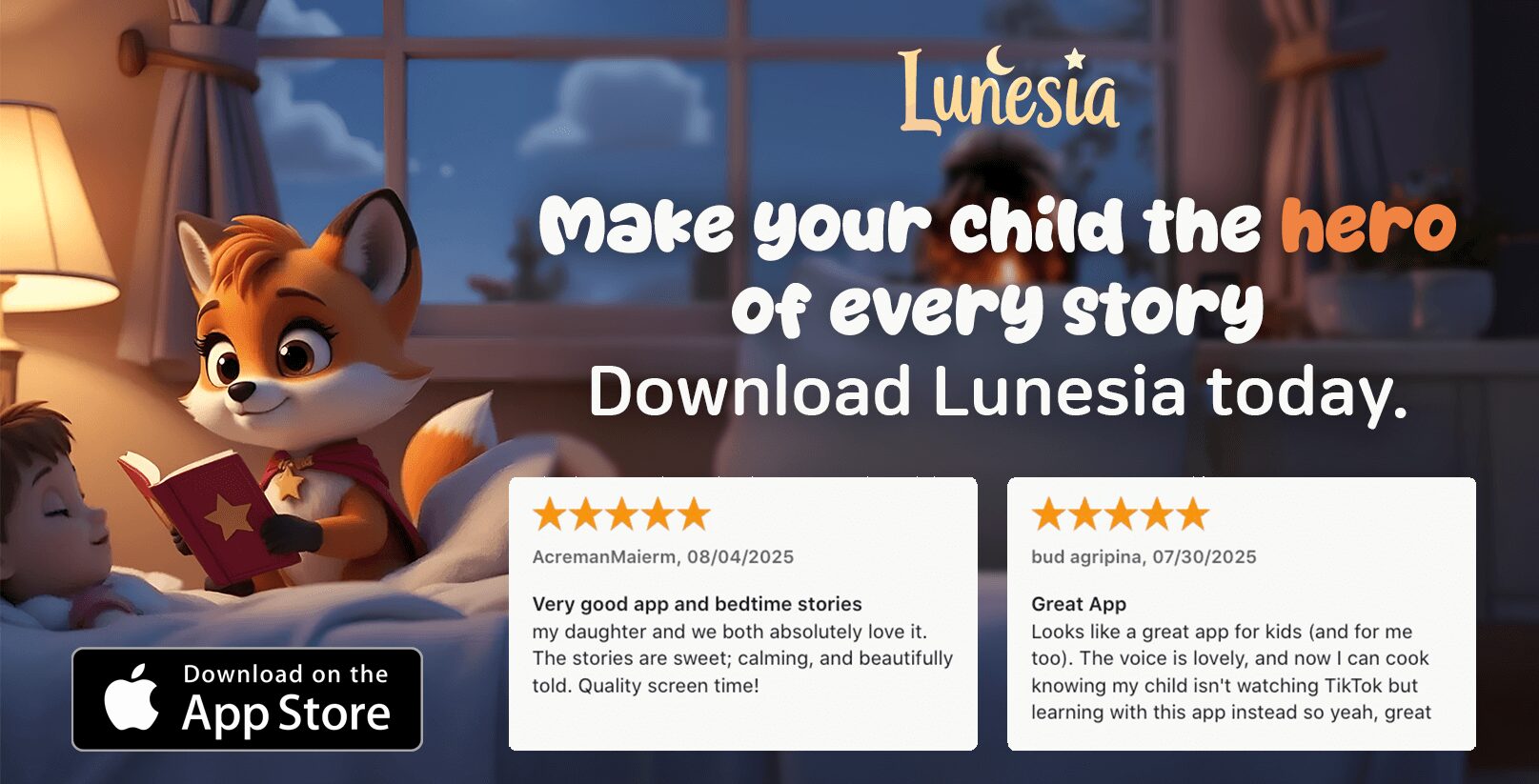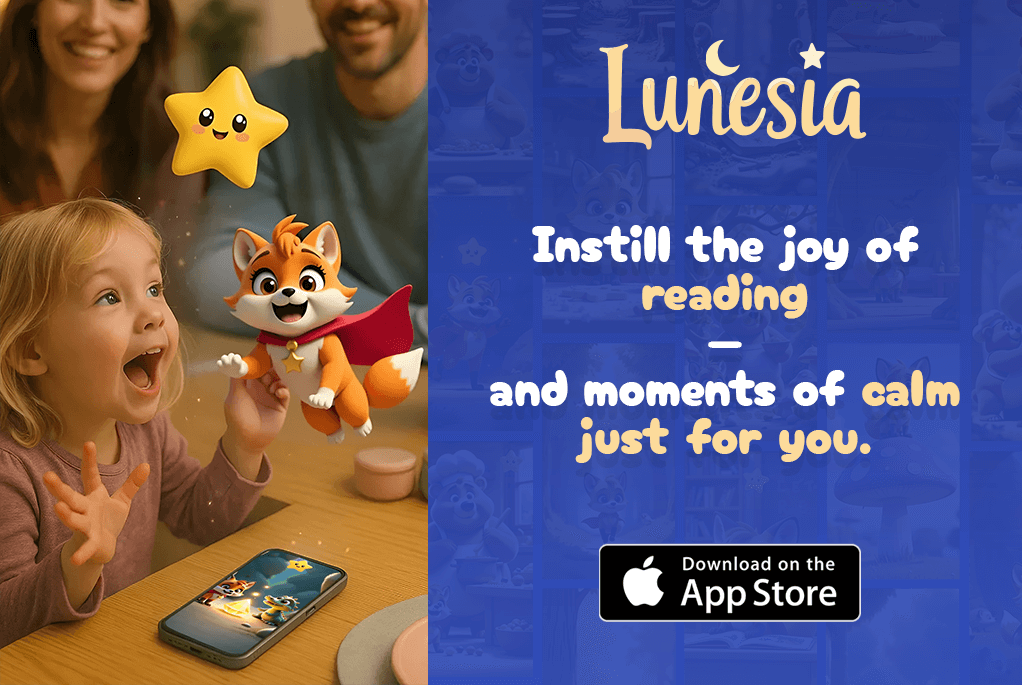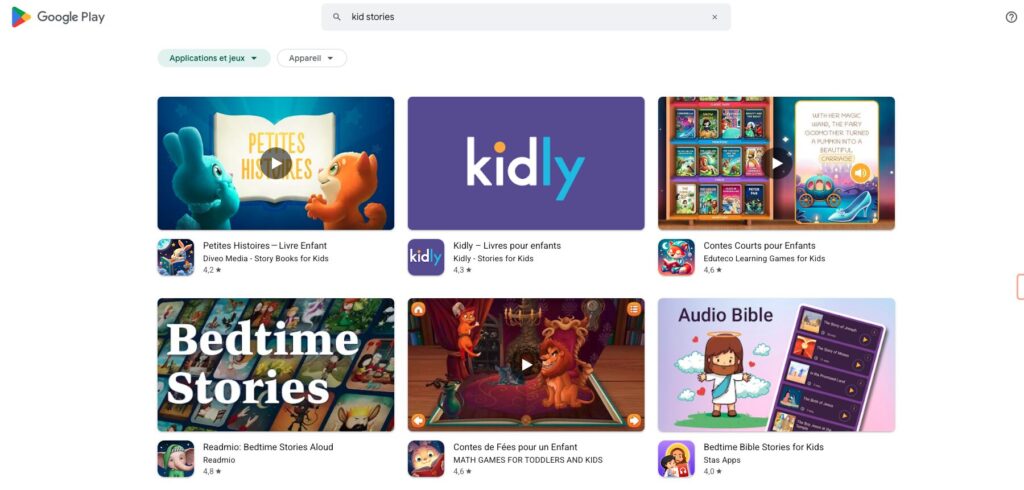As a parent of four, I’ve seen firsthand how imagination can transform a child’s world. Watching my kids turn cardboard boxes into castles or create entire adventures with their toys has been nothing short of magical. It’s not just fun—it’s a vital part of their development.

Research backs this up. A Harvard study by Paul Harris highlights how pretend play builds cognitive complexity. It’s not just about having fun; it’s about learning to think, solve problems, and understand the world around them. This kind of exploration is what storytelling and imaginative activities are all about.
From LEGO mashups to imaginary friends, these activities foster creativity and emotional growth. As parents, our role is to encourage this natural process, not direct it. Let’s give our children the tools to dream big and explore freely.
The Importance of Storytelling and Creative Play in Early Childhood
From my experience as a parent, I’ve noticed how vital imagination is in shaping a child’s world. It’s not just about fun; it’s a cornerstone of their development. Activities like turning a spoon into a wand or building stories with LEGO bricks help children explore their creativity and learn new skills.
A Harvard study found that children who engage in pretend play develop a better understanding of reality versus fantasy. This kind of thinking is essential for their cognitive growth. Sandra Russ, in the American Journal of Play, emphasizes how pretend play integrates cognitive, emotional, and social processes.
Boosting Creativity and Learning
Bedtime stories with open-ended questions can build narrative skills. For example, asking, “What do you think happens next?” encourages a child to think critically. Collaborative activities, like dinosaur-truck adventures, teach problem-solving and teamwork.
Research from the Journal of Experimental Child Psychology shows that the “Yes, and” technique increases creative confidence by 42%. This approach fosters a child’s ability to build on ideas, enhancing their creativity.
Developing Cognitive and Social Skills
Structured playdates, as highlighted by UCSB research, improve social reciprocity in 78% of subjects. These activities teach children patience, turn-taking, and empathy. For instance, listening to a story about a maharajah can expand a child’s vocabulary and cultural understanding.
Pretend play also offers executive function benefits. It helps children practice patience and focus. Studies show that 68% of kids with strong pretend play skills adapt better to school environments.
Encouraging bilingual storytelling can further enhance language centers in the brain. It’s a wonderful way to combine learning with imagination. For more on this, explore our guide on language learning.
Practical Tips for Encouraging Storytelling and Creative Play
Every day, I see how simple items can spark endless adventures in my kids’ minds. As parents, we can nurture this natural ability by providing the right tools and environment. Here are some practical ways to encourage your child’s imagination.

Creating an Imaginative Environment
Start by setting up a space that invites exploration. A cozy corner with blankets, pillows, and open-ended toys can become a world of adventures. Research shows that 70% of toys should be blank slate items, like blocks or art supplies, to maximize creativity.
Rotate props weekly to keep the environment fresh. A cardboard box one day can be a rocket ship, and the next, a castle. This simple system keeps kids engaged and curious.
Using Everyday Items as Props
You don’t need fancy toys to inspire play. A spoon can become a wand, and a laundry basket can turn into a pirate ship. These everyday items teach children to see possibilities in the ordinary.
For example, try creating a spoon orchestra or using bowls as helmets. These activities not only spark imagination but also build problem-solving skills.
Following the “Yes, and” Rule
This technique, borrowed from improv, encourages kids to build on ideas. If your child says, “Let’s go to the moon,” respond with, “Yes, and let’s bring our pet dinosaur!” This approach boosts confidence and fosters collaboration.
For more tips on engaging your child, check out our guide on how to tell bedtime stories. It’s a wonderful way to combine learning with fun.
Examples of Creative Play and Storytelling Activities
One of the most rewarding parts of parenting is watching my children create entire worlds from their imagination. These moments are not just fun; they’re a vital part of their growth. Let’s explore some engaging activities that can spark their creativity.
Building New Imaginative Worlds
Encourage your child to build their own worlds using simple items. A cardboard box can become a spaceship, or a blanket fort can transform into a castle. According to the Koegel Center, using symbolic props reduces disruptive play by 63%.
Try the “dinner plate geography” activity. Turn veggies into island landscapes and let your kids create stories around them. This approach not only sparks imagination but also makes mealtime fun.
Incorporating Storytelling into Daily Routines
Bath time can be a perfect opportunity for storytelling. Use rubber duck protagonists to craft mini-adventures. This simple activity helps your child develop narrative skills while having fun.
Another idea is carpool karaoke storytelling. Sing along to favorite tunes and weave a tale around the lyrics. This keeps kids engaged during long drives.
Encouraging Pretend Play with Toys and Characters
Toys and stuffed animals are great tools for pretend play. Create character cards for each toy, detailing their backstory and personality. This helps your child build richer stories.
Try the “character collision” technique. Imagine Bluey meeting dinosaurs or a pirate friend exploring outer space. These unexpected combinations make adventures more exciting.
Multilingual storytelling, like the maharajah tales, can also expand your child’s cultural understanding. It’s a wonderful way to combine learning with imagination.
Conclusion
Watching my child transform a simple LEGO set into an epic story reminded me of the power of imagination. Research from Harvard and SplashLearn shows that pretend play builds cognitive and social skills. These activities are not just fun—they shape future abilities.
Studies reveal that 92% of creative professionals credit childhood play for their success. It’s a lifelong benefit that starts with small moments. Whether it’s a 10-minute “silly time” or building a blanket fort, these opportunities matter.
As parents, our role is to nurture this development. Your face is their first storybook, and your encouragement fuels their creativity. Start today and watch your child thrive. For more insights, explore how creative play supports growth.
As Paul Harris said, “Imagination is mental time travel.” Let’s give our children the tools to explore endless possibilities.
FAQ
Why is imagination important in early childhood?
Imagination helps children explore new ideas, solve problems, and understand the world around them. It fosters creativity, emotional growth, and critical thinking skills.
How does storytelling benefit a child’s development?
Storytelling enhances language abilities, improves listening skills, and encourages empathy. It also helps children express their thoughts and emotions in a structured way.
What are some ways to encourage creative activities at home?
Provide open-ended toys, create a dedicated space for play, and join in their adventures. Simple items like cardboard boxes or blankets can spark endless possibilities.
How can I use everyday objects as props for imaginative activities?
Turn household items into tools for play—like using a spoon as a microphone or a blanket as a superhero cape. This encourages resourcefulness and creativity.
What is the "Yes, and" rule, and how does it help?
The “Yes, and” rule means accepting your child’s ideas and building on them. It fosters collaboration, boosts confidence, and keeps the imaginative flow going.
How can I incorporate storytelling into daily routines?
Turn bedtime into storytime, create tales during car rides, or narrate daily tasks. This makes storytelling a natural and enjoyable part of their day.
What are some examples of pretend play activities?
Children can role-play as doctors, chefs, or explorers. Using toys or costumes, they can create their own characters and adventures, enhancing their social and cognitive skills.



